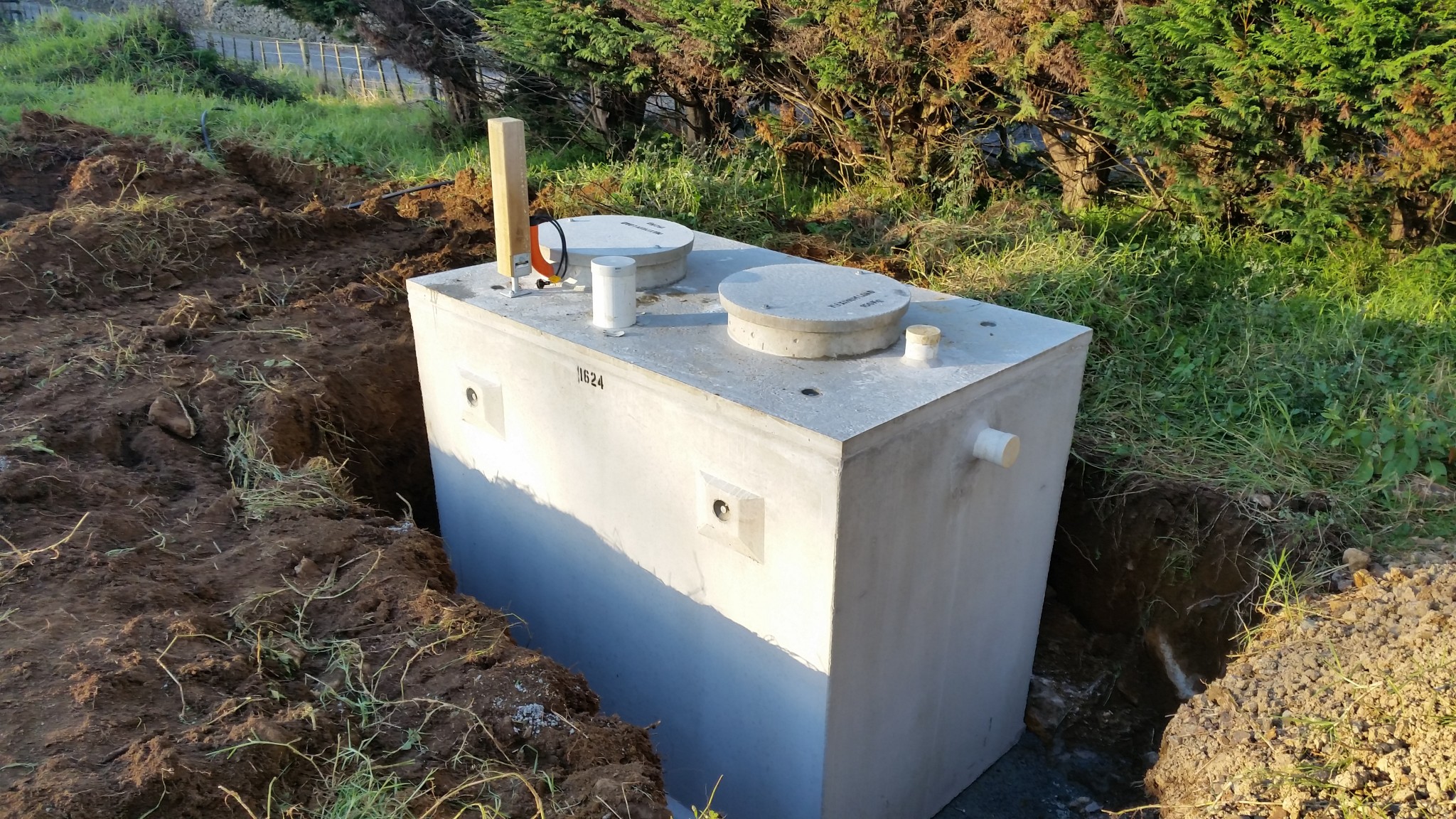

What maintenance does a sewage ejector pump need?Īs long as you're careful about what you flush, a sewage ejector pump should need no regular maintenance aside from a yearly inspection. Once the contents reach a high enough level to lift the float, the pump engages and forces the waste out of the pit and into the main sewer line. The sewage ejector pump sits in a pit with a float attached.
#SEWAGE EJECTOR PUMP INSTALLATION COST INSTALL#
"There are smaller models that are meant for washing machines and larger units that can handle waste for multiple bathrooms-ultimately, you don't want to install a system only to find that the pump is undersized." How does a sewage ejector pump work? "When selecting a pump, make sure it is suited to your needs," says Botelho.

Without an appropriate pump, gravity will work against you and eventually result in a wastewater overflow. Unlike regular plumbing, which moves waste via gravity, below-grade plumbing can't use gravity. If you have plumbing below the level of the communal sewer line, such as a basement bathroom or laundry room, you need a sewage ejector pump. Avoid sewage backups and overflows by hiring a qualified plumber to do the installation for you. Getting it wrong can be extremely messy and costly. Even if you're a skilled home improvement enthusiast, this job is one that's best left to the professionals. Installing a sewage ejector pump is not a DIY task. Avoid flushing hard solids, feminine hygiene products, and any wipes, which all put extra strain on the motor and can clog and break the pump. To avoid the risk of breakdowns and costly repairs, be vigilant about what you flush. You'll also need to budget for any repairs, which costs $45 to $200 per hour in labor costs when you hire a plumber. However, you might be able to get maximum value for your money by getting a whole-home plumbing inspection package. You need to budget for the annual inspection, which costs around $130.

Running costs vary based on the price of utilities in your area and how much wastewater and soft solids your pump has to handle. On average, plan to spend $30 to $60 per month to run the pump. If the tank is particularly dirty, you may have to pay extra for tank pumping or cleaning. The cost of pumping a sewage tank typically falls between $290 to $550. When you've got no power, the last thing you want is a sewage backup and overflow in the basement. It's a smart option if you live in an area prone to power outages, as it ensures your non-gravity plumbing lines will keep working if the power goes out. Some homeowners like to play it safe and install a battery-powered backup ejector pump, which costs around $600, including parts and labor. Plus, there are the ongoing costs of maintaining and running the pump. The fixtures can be pricey but the labor to install these systems is far less than what is involved in a traditional ejector pump installation," said Jeff Botelho, Expert Review Board Member and licensed journeyman plumber.Īside from installing the pump, various other factors can influence the total project cost. "If space is an issue or you don't want to incur the expense of having a pit and underground plumbing dug up in your basement or home, there are systems that rely on a compact pump (often installed onto the back of a toilet) that can receive waste from an entire bathroom and discharge through small (1" diameter or smaller) pipe.

Resource CenterĪside from installing the pump, various other factors can influence the total project cost. Find hiring guides, material costs, expert advice, how-to's and more.


 0 kommentar(er)
0 kommentar(er)
